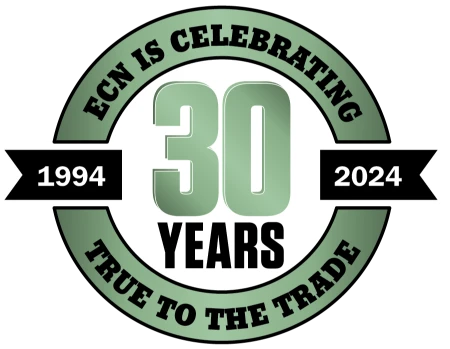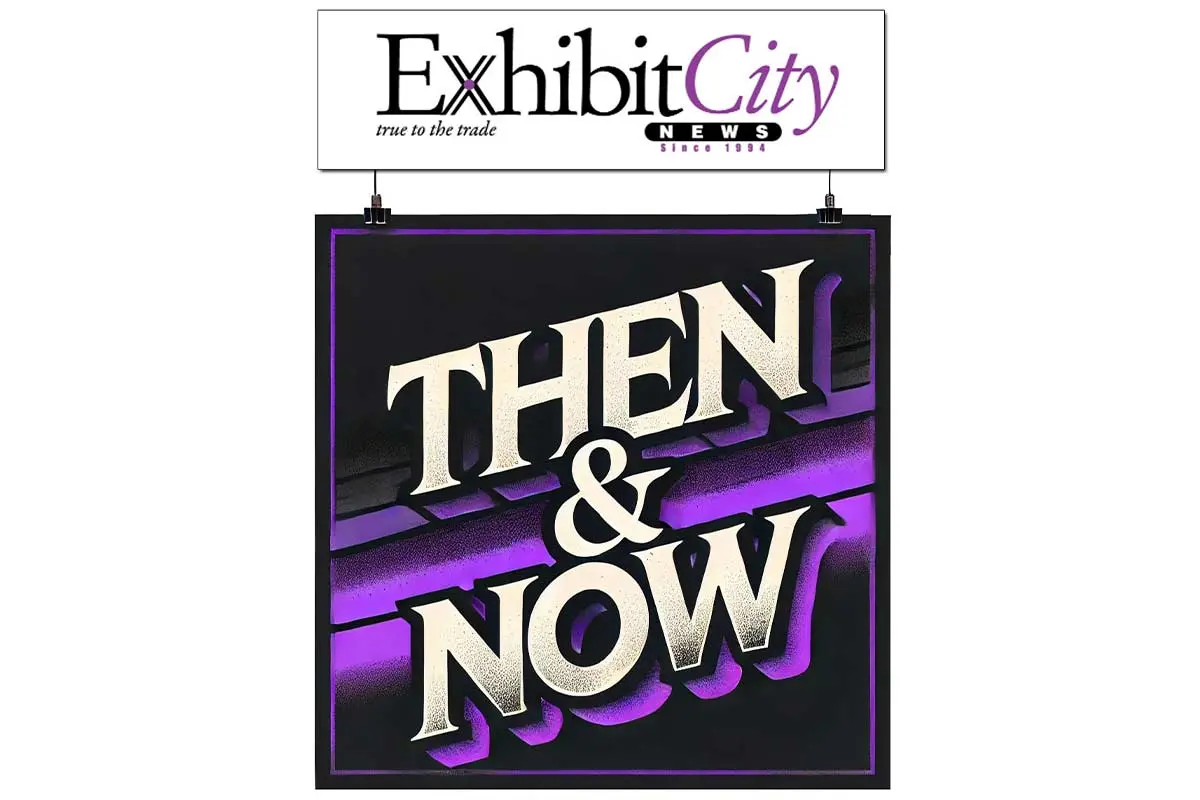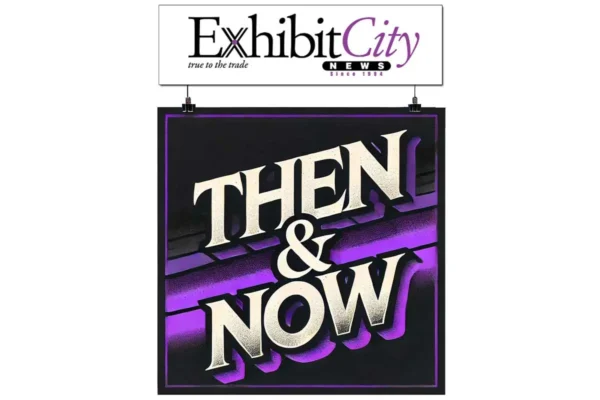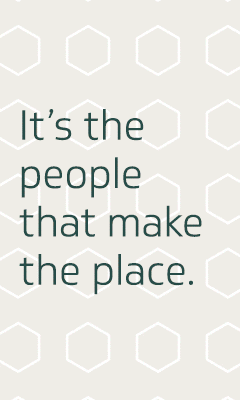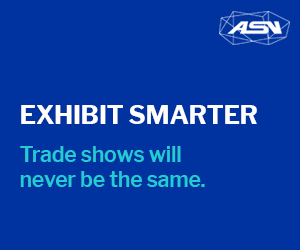About the Then & Now Content Series
The Then & Now series written by Kerstan Szczepanski was originally published in the Exhibit City News 30 Year Anniversary book. The series is a collection of aspects of the show floor that have changed over the last 30 years. The content covers an overview of the last 30 years and is not intended to be an insight into every change, but a broad overview. Many things have changed over the last 30 years and will continue to change.
To see the original layout of this article, please visit page 160 of the 30 Year Anniversary book.
The Revolution of Tradeshow Registration
Remember the days of long lines, paper forms, and handwritten badges at tradeshows? If you’ve been around the industry long enough, you might recall those scenes with nostalgia mixed with relief that they’re over. Throughout the last 30 years, tradeshow registration has completely transformed, thanks to leaps in technology, changing security needs, and a growing focus on data and the attendee experience. Let’s look at the transition from the days of pen and paper to today’s world of facial recognition and AI-driven systems.
The 1990s: The Paper Trail
You arrive at a major tradeshow, only to face a crowd clutching paper forms, and waiting in long lines. Welcome to tradeshow registration in the ‘90s.
In this era, everything was manual. Most attendees registered on-site, painstakingly filling out paper forms. Pre-registration existed for the well-prepared, but it meant mailing or faxing forms and waiting weeks for confirmation by mail.
Behind the scenes, data entry clerks worked around the clock, manually entering attendee info into databases—errors and slowdowns were common. Badges? Often printed on-site, adding even more time to the process.
The 2000s: The Digital Age Arrives
The new millennium brought a big shift: online registration. Suddenly, attendees could register in advance through event websites, entering their information directly into digital forms. This development marked the beginning of the end for those long registration lines.
E-tickets and pre-printed badges sped up registration. Attendees could now show up with a printed e-ticket, swap it for a pre-printed badge, and be ready to go in minutes.
Yet, the real change was happening behind the scenes. Online registration allowed organizers to track attendee numbers, demographics, and preferences, giving them valuable insights for planning and marketing.
The 2010s: Going Mobile
As smartphones became a part of daily life, tradeshow registration went mobile. Attendees could now register, receive confirmations, and even check in using their phones. QR codes and mobile tickets became the norm, making check-ins lightning fast.
Self-service kiosks started popping up at venues, too, where attendees could scan their mobile tickets or enter their info to print badges on the spot. Long registration lines were becoming a thing of the past.
Security also got an upgrade. Photo IDs and smart badges with RFID technology became common, allowing better control of access and tracking attendee movement within events, leading to more personalized experiences.
The 2020s: Contactless and Beyond
Then came the 2020s, and just when we thought registration couldn’t get any smoother, the pandemic pushed us into a new era of contactless solutions. Today’s registration process looks nothing like the paper-based systems of the ’90s.
Facial recognition and NFC-enabled devices have made check-ins as simple as a glance or a tap. In many cases, digital badges are replacing physical ones, eliminating the need for printing altogether.
The biggest shift, though, has been the rise of virtual and hybrid events. Registration systems now easily handle both in-person and remote attendees, with built-in tools for managing virtual access and content.
AI and data analytics drive all of this, creating personalized attendee experiences by recommending sessions, exhibitors, and networking opportunities based on individual interests.
And event apps have become indispensable. These digital all-in-one tools handle everything from registration to agenda planning, networking, and real-time updates, making the whole experience more seamless.
A few key factors have been behind this registration revolution:
Technology: From online platforms to AI, advancements have completely reshaped the registration process.
Health and safety: The push for contactless solutions, especially post-pandemic, has accelerated digital and touchless registration.
Data and personalization: The demand for data has led to more sophisticated systems that provide insights and tailored experiences.
Convenience and speed: The constant drive to reduce wait times and make things easier has fueled innovation.
Looking ahead, it’s clear the days of paper forms and long registration lines are behind us. Today’s registration systems are all about speed, convenience, and personalization.




